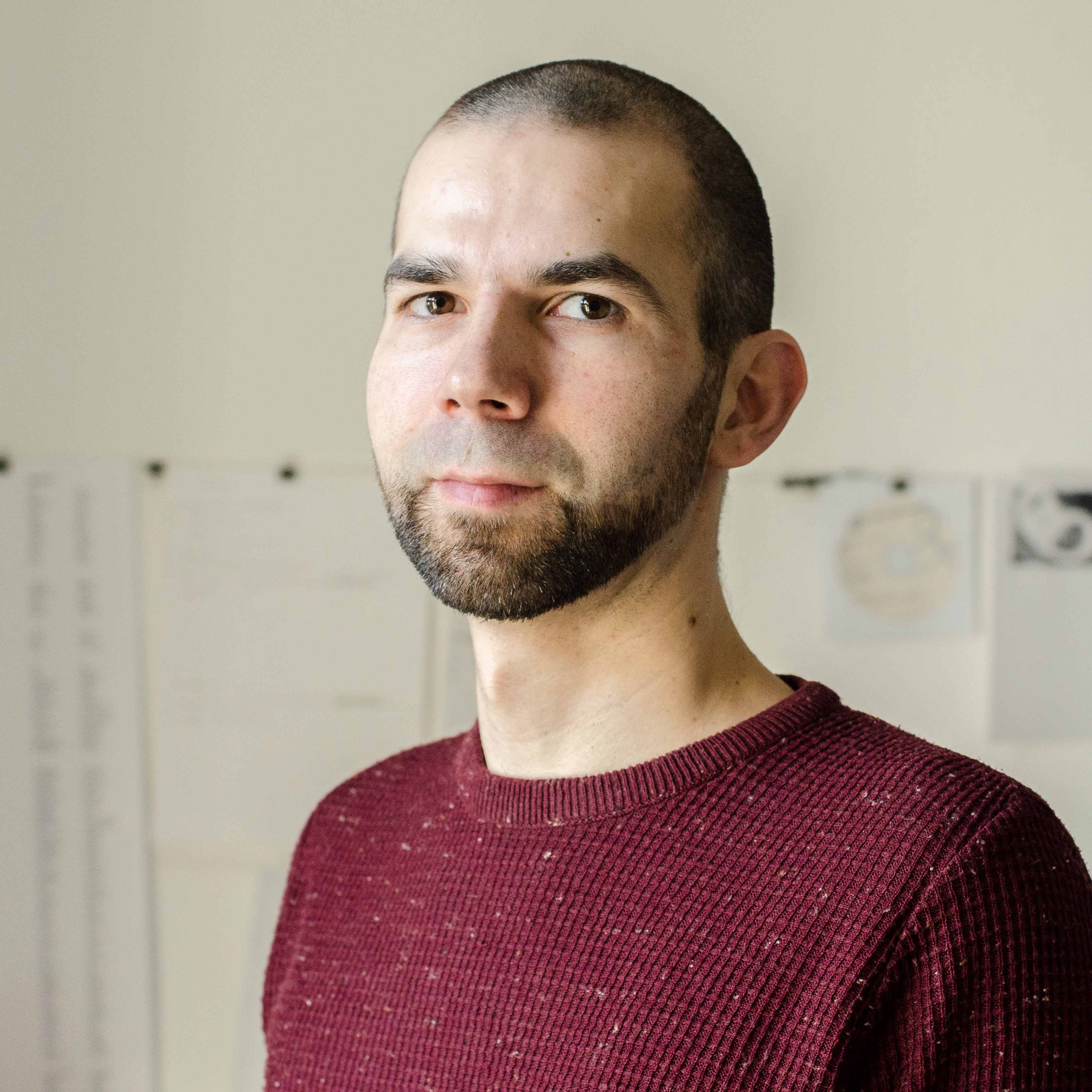Angelo Stitz
Recent graduate, Royal College of Art

Angelo Stitz
Translational Type – Typography between Text and Image
Abstract
Angelo talks about how aspects of type and typography can not only be used to communicate a bare information but also how its formatting can express additional narratives.
Two of his projects demonstrate how type and typography open a transition between reading and observing trying to push a viewer in an active role to draw attention, interpretation and participation.
As designer of the book “Illustration Research Methods” he is showing how an editorial design concept has been applied by playing with the composition, the shapes, direction and connection of letters. Guided by the vision of the authors to reinforce the connection of different notions of illustration practices to reform the discipline as a whole.
In the following he elucidates an exhibition commissioned by the Language Association of Penang, Malaysia with the endeavour to re-vive Hokkien language that since the 19th century vanishes due to political measures. The exhibition “The Death and Life of Hokkien” which took place in George Town, Malaysia between the 24 July and 31 October 2020 tells the story of this process which also informed a visual identity, exhibition design and type face that has been developed. In this example type and typography plays with the materiality of physical installations to enrich its meaning.
The outcomes of his method of working Angelo calls “Translational Types” where the focus of designing is shifted from the typographical sign to its surrounding whitespace. A whitespace that is fundamental to distinguish a letter, a word, a sentence from its previous one. Which means this whitespace is to be understood as a relationship through which additional narratives could be told visually and tangible. A play of translation that bases on the habituation of linear reading but is not limited to.
Bio
Angelo Stitz is a Visual Language Researcher exploring the “translational obstacles of text” aiming for a dialectical exchange of human point of views. For that, he is exploring the relationship between visual, social and technological aspects of typographical marks.
He also works in the fields of art direction, graphic design, visual identities and editorial design with a focus on typography and type design as well the creation of objects as installations and interactive prototypes for didactic, educational and experimental applications.
Parts of his BA thesis about “Responsive Types – New ways of interaction between Type and Media” has been exhibited at the ZKM – Centre for Art and Media Karlsruhe. His articles about “Responsive Type – Introducing Self-Adjusting Graphic Characters” as well “Voice Driven Type Design” has been published at IEEE and shown at International Conference on Speech Technology and Human-Computer Dialogue. He also taught “Typography in Motion” and “Advanced Prototyping” at University Pforzheim, Germany.
Angelo studied Visual Communication at University Pforzheim, Germany and Royal College of Art, London. He is currently based in Berlin. www.metatype.de